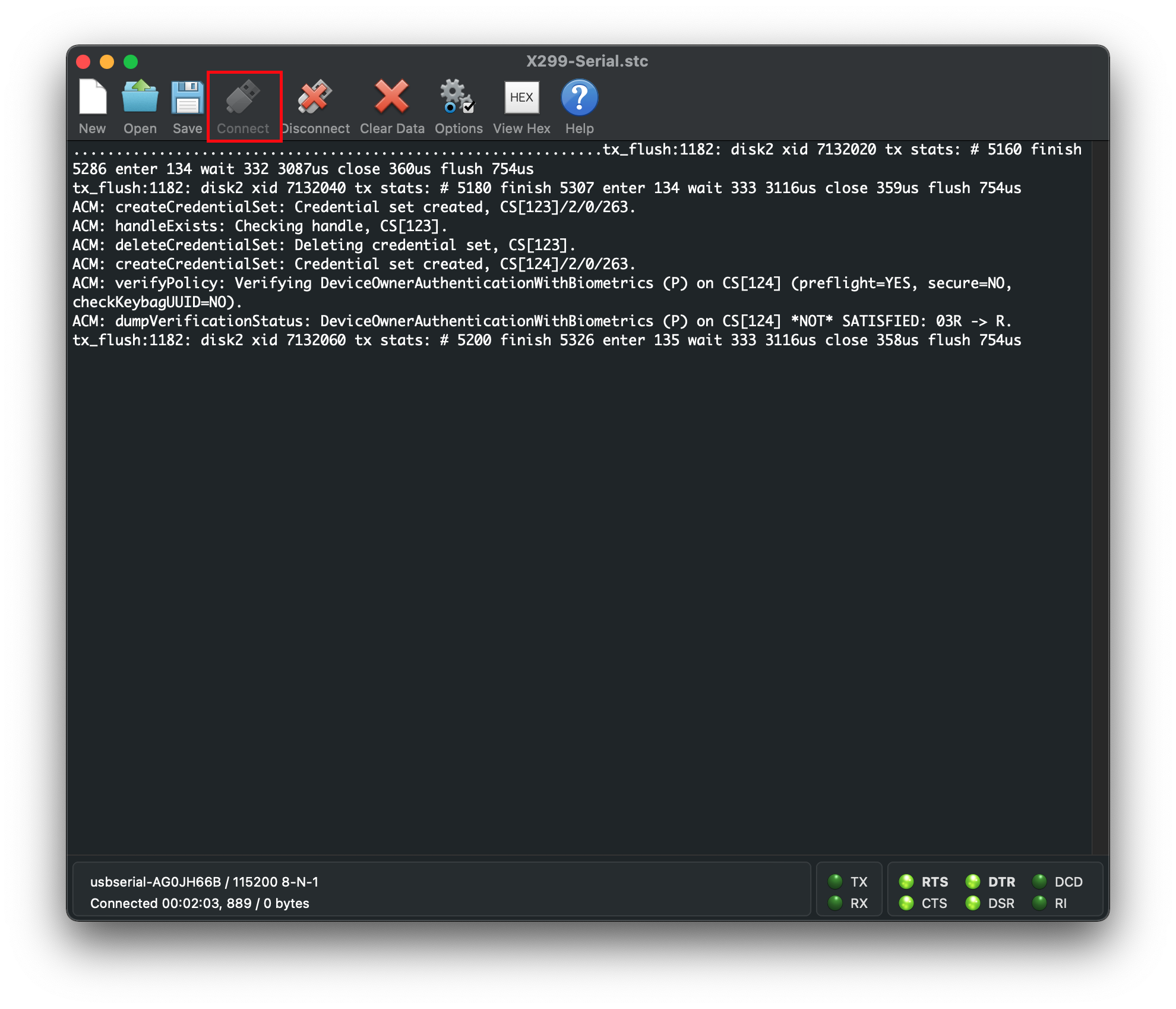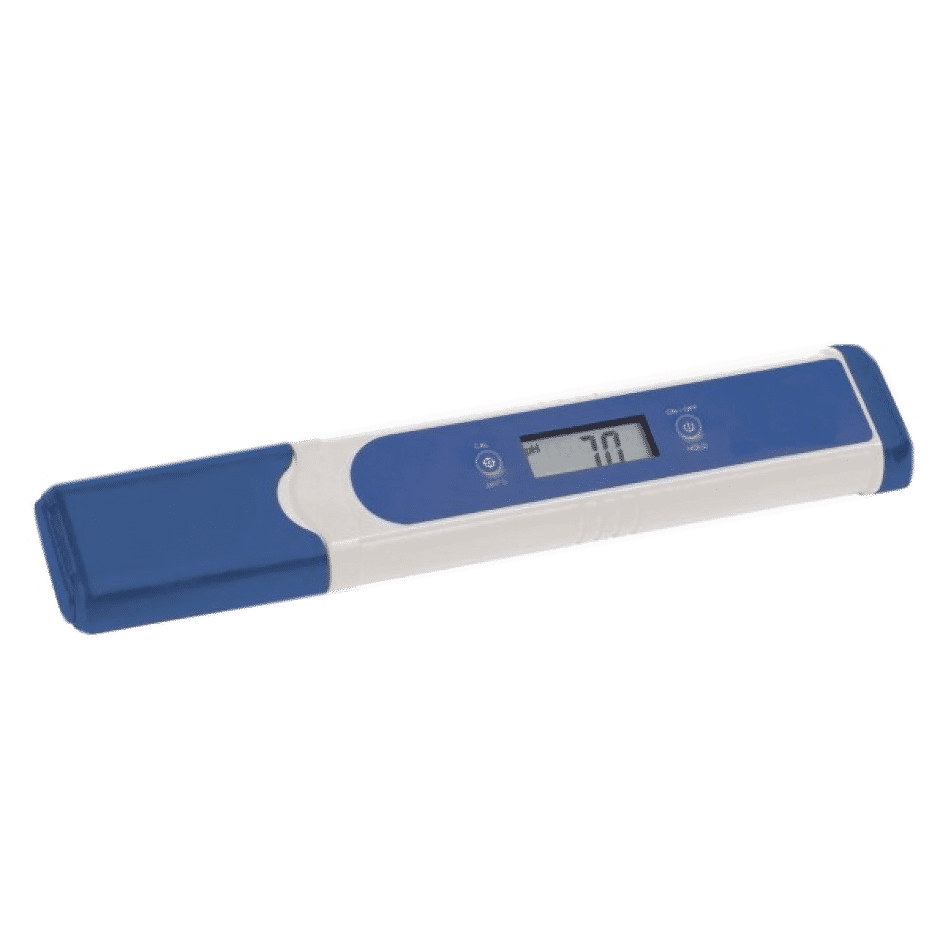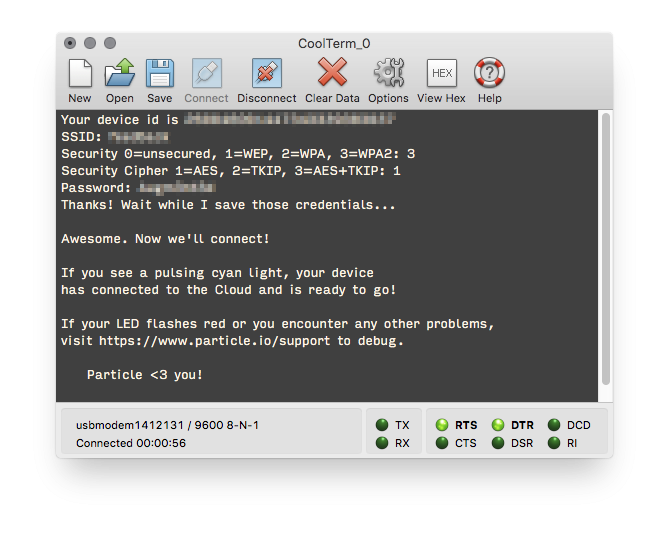

COOLTERM XP PC
NOTE: Another important thing to note is that the simplest way to in which a microcontroller can communicate to a PC is through RxD, TxD, and Ground Pins.
COOLTERM XP SERIAL
Now what does this mean? In simple words, it means that serial communication through the DB-25 connector could take place through two channels simultaneously (thanks again, Thomas!). The pinout for RS-232 over DB-25 is shown below (thanks Thomas and Aaron for clarification).Īs we can see, most of the pins are similar to that of a DB9 port. If you notice, we see that in DB25 connector there are two TxD and RxD pairs of pins. Yes, it looks exactly like the parallel (printer) port that you would find in older computers! It is however worth noting that the DB-25 port could transfer data either serially (RS-232) or parallely. The pin configuration of DB-25 port is as follows. This is the pin through which data is transmitted to the receiver.

This is the pin where the receiver receives data.

RS-232 is the interface that your computer uses to “talk” to and exchange data with your modem and other serial devices. In other words, RS-232 is a long established standard that describes the physical interface and protocol for relatively low-speed serial data communication between computers and related devices. RS-232 (Recommended Standard – 232) is a standard interface approved by the Electronic Industries Association (EIA) for connecting serial devices. As we proceed ahead in this post, we will deal with the concept of level conversion and towards the end, we have something interesting and practical for you – the loopback test! Contents This is the protocol you will be using the most when involving microcontrollers like AVR. In this post, we will learn about the RS-232 protocol of serial communication.

In the previous post, we discussed about the basics of serial communication.


 0 kommentar(er)
0 kommentar(er)
